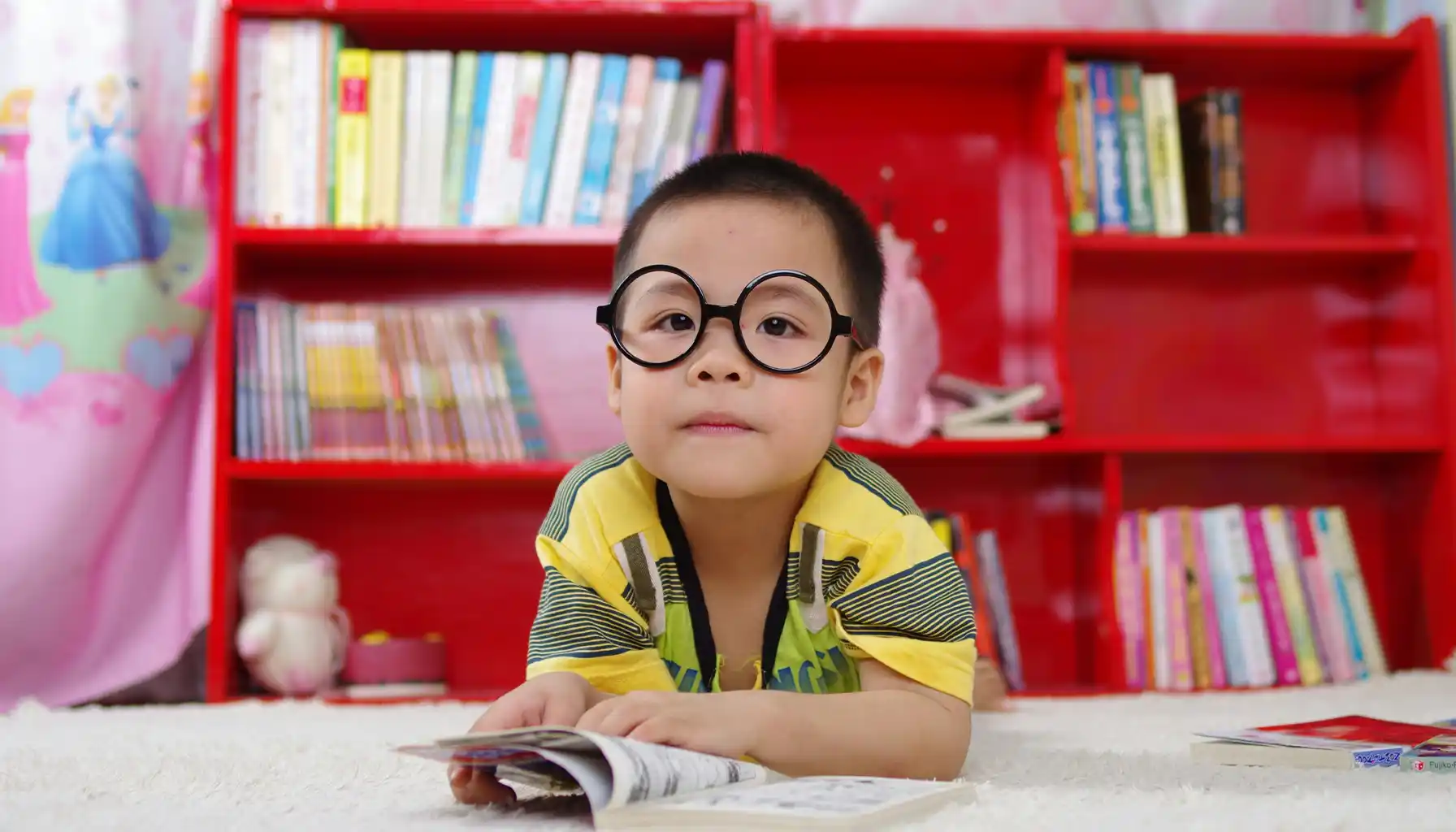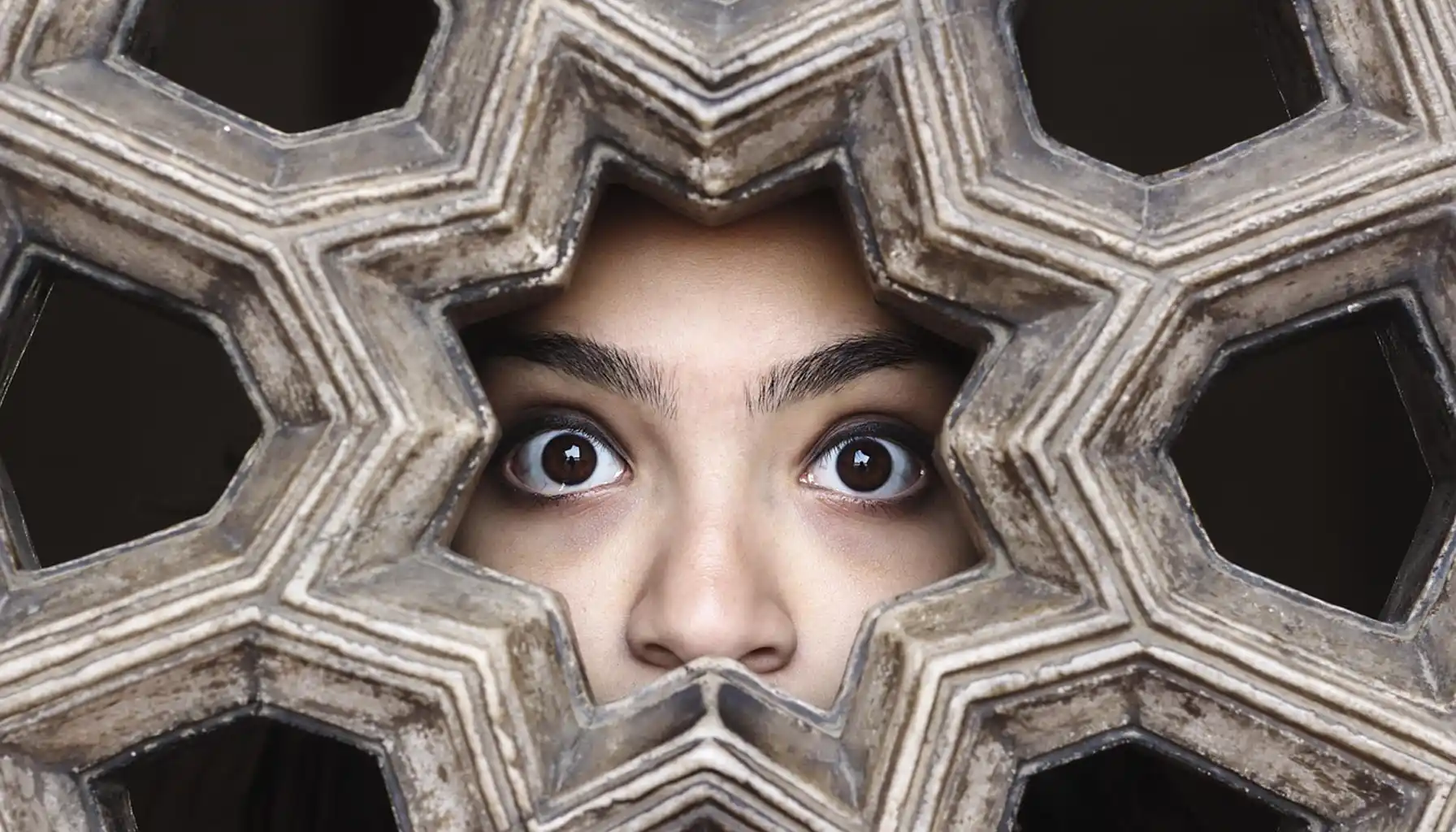Contents:
Scolionophobia is different is a stubborn, chest-tight kind of fear of school that doesn’t fade after a pep talk or a day off. Stomachs ache, tears, bargaining, and so on. Parents feel stuck between compassion and attendance policies.
This isn’t laziness or “acting out.” It is a broader anxiety, shows up as headaches or nausea and can pull grades and confidence down in a hurry. You’ll hear people call it school refusal or mix it up with truancy. Not the same thing. Truancy is “won’t”, but this is “can’t”.
Overview

Scolionophobia is a persistent fear of school that can make attending class feel impossible. It’s sometimes called didaskaleinophobia or school phobia, and kids dealing with this kind of anxiety often feel genuine terror at the thought of stepping into a classroom. Some become physically sick (stomachaches, nausea, headaches) just thinking about school.
Although scolionophobia isn’t an official diagnosis in the DSM-5, many mental health professionals recognize it as part of a broader school refusal disorder or specific phobia.
Di Vincenzo et al., “School refusal behavior in children and adolescents” suggest 2% to 5% of school-aged children experience some form of the fear of school, which is one or two kids in an average classroom. It often appears in early grades (ages 5–6) or around transitions like middle school (ages 10–11), when separation anxiety or academic pressure peaks.
Why It Happens
Separation anxiety | Anxiety that persisted beyond early childhood, making it hard to be away from caregivers |
Bullying or humiliation | Negative experiences with peers or teachers that create lasting fear or shame |
Academic struggles | Learning difficulties like dyslexia or dyscalculia that make school feel frustrating or hopeless |
Transitions | Stress from changes such as a new school, teacher, puberty, or moving to a new neighborhood |
Family stress | Situations like divorce, illness, financial hardship, or loss that increase overall anxiety |
Overprotective parenting | Excessive reassurance or control that unintentionally reinforces avoidance of school |
Unsafe environments | Exposure to violence or feeling unsafe at school or in the community |
Existing mental health conditions | Co-occurring disorders such as generalized anxiety disorder (GAD), obsessive-compulsive disorder (OCD), post-traumatic stress disorder (PTSD), or depression |
The fear of going to school grows when the child’s sense of control or safety breaks down. Without help, avoidance becomes a coping habit that deepens the phobia.
Diagnosis and Tests
There isn’t a single medical test for scolionophobia. Since it’s not listed as a formal disorder in the DSM-5, professionals focus on understanding patterns of school refusal and the emotions behind them. The goal isn’t to label, but to figure out what’s driving the fear.
A mental health provider, often a child psychologist, starts by talking with both the child and caregivers. They’ll look at:
When symptoms appear (mornings, Sundays, transitions)
What triggers them (bus rides, specific classes, teachers, crowds)
How long has the fear been present
Physical signs like nausea or shaking
Home and school context: bullying, academic struggles, family stress
They may also ask teachers for attendance records, behavior notes, or observations in class. In some cases, screening tools for anxiety disorders, depression, or learning difficulties are used to see if there’s an underlying condition.
The key difference between truancy and school phobia lies in motivation. Truancy is skipping school willingly, often without distress. Scolionophobia is avoidance driven by fear, often with panic or tears.
Management and Treatment

1. Cognitive Behavioral Therapy (CBT)
CBT helps kids notice the anxious thoughts behind the fear of school (“I’ll get laughed at,” “Something bad will happen”) and replace them with more balanced ones. Therapists teach coping skills like reframing thoughts, problem-solving, and relaxation.
2. Exposure Therapy
Gradual exposure, like:
Talking about school calmly
Looking at photos or driving by the building
Meeting a trusted teacher after hours
Spending short, supported time in class
3. Dialectical Behavior Therapy (DBT)
For older kids who struggle with intense emotions, DBT builds emotional regulation skills. It combines acceptance (acknowledging fear) with change (learning new responses).
4. Family and School Collaboration
Parents, teachers, and counselors align on routines, gentle expectations, and consistent encouragement. Punishment or threats backfire, empathy can help more.
5. Medication Support
If anxiety is severe or linked to another disorder, a psychiatrist might prescribe SSRIs. Medication alone isn’t the fix, but it can reduce symptoms so therapy works better.

Outlook / Prognosis
With time and the right approach, most children recover from Scolionophobia. Therapy teaches them to manage anxiety, and gradual exposure rebuilds trust in the school environment.
The sooner treatment starts, the less likely avoidance becomes a habit. Many children eventually attend school comfortably, maybe with lingering nervousness on tough days, but not paralyzing fear.
For a smaller group, the fear of school may resurface during transitions, like moving to a new grade or building. In those moments, refreshing coping skills and keeping communication open help prevent setbacks.
Prevention
You can’t always stop scolionophobia from developing, but early awareness and steady emotional support lower the risk. Many fears shrink when a child feels heard and safe.
Practical ways to prevent fear of school from escalating:
Talk early and often. Ask about school each day, not just grades, but friendships, worries, and what feels hard. Listening without judgment builds trust
Address problems fast. If bullying, teasing, or academic struggles appear, involve teachers or counselors before anxiety grows
Support transitions. Visit new classrooms ahead of time, meet teachers, and walk the halls so the first day feels familiar
Model calm confidence. Kids absorb your tone; showing patience and optimism helps them believe school is manageable
Balance schedules. Ensure enough sleep, downtime, and play; overloaded kids burn out faster
Avoid pressure. Focus on effort, not perfection. Constant criticism over grades or behavior can feed the phobia of school
Living With Fear of School Phobia

At home:
Keep mornings calm. Build predictable routines: breakfast, breathing exercise, quick check-in. Celebrate even partial successes, like getting dressed or walking to the car. Avoid shaming language (“You have to toughen up”); it deepens anxiety.
You may also show the child that education can be fun, download free mind games on your phone. It won’t reduce anxiety about school, but it would distract and help to develop some strategic thinking parts of the brain with math and music games.
At school:
Work with teachers and counselors to create flexible plans. Maybe shorter days at first, a quiet space for breaks, or a trusted adult the child can visit when overwhelmed.
For parents:
Stay connected with therapists, share updates with staff, and practice patience. Guilt doesn’t help; consistency does. Use positive reinforcement: praise courage, not attendance alone.
Additional Common Questions
What is the fear of school called?
It’s called scolionophobia, sometimes referred to as didaskaleinophobia or school phobia. All describe an intense, lasting fear of going to school that causes real distress.
Is scolionophobia the same as truancy?
No. Truancy is skipping school by choice, usually without anxiety. Scolionophobia is driven by fear; a child wants to attend but feels physically or emotionally unable.
Can a child outgrow scolionophobia?
Yes. With therapy, patient support, and gradual exposure, many kids overcome the fear or learn strong coping skills. Early help makes recovery faster.
What’s the difference between normal reluctance and a phobia?
Occasional complaints about school are common. A fear of school phobia becomes clear when anxiety is severe, persistent, and triggers physical symptoms or avoidance lasting weeks or months.
Does fear of homework mean scolionophobia?
Not always, but constant dread or panic over homework may signal deeper anxiety tied to school expectations, perfectionism, or learning difficulties.
Who can diagnose and treat scolionophobia?
A child psychologist or licensed therapist can assess symptoms and suggest therapies like CBT or exposure treatment. In some cases, a psychiatrist may manage medications.
What’s the best thing parents can do?
Stay calm, validate the fear, and work closely with professionals and teachers. Don’t punish avoidance; guide the child with understanding and steady encouragement.





